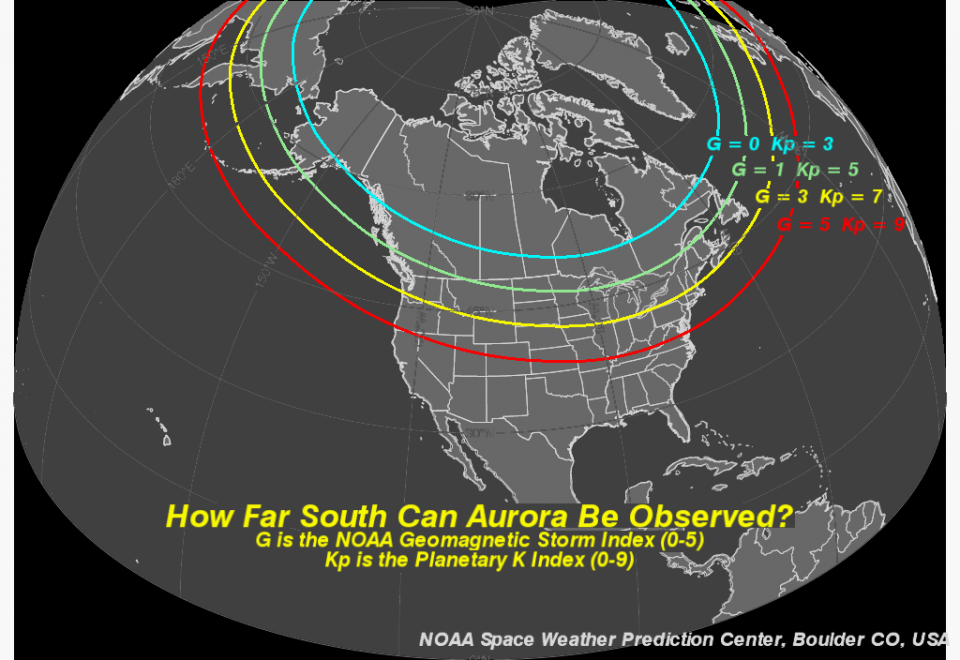Northern Lights Dazzle the Sky Over Southern Ontario on Monday Night; Will They Return Tonight?
/Residents across Southern Ontario were treated to a rare and awe-inspiring celestial spectacle last night, as the Northern Lights made a stunning appearance across the region on Monday. The breathtaking natural light show painted the night sky with vibrant hues of green, pink, and purple.
The Northern Lights, also known as the Aurora Borealis, are a natural phenomenon caused by charged particles from the sun colliding with gases in the Earth's atmosphere. This collision releases energy in the form of colourful light, creating an ethereal dance of colours that is a sight to behold. While the Northern Lights are more commonly associated with regions closer to the Arctic Circle, the display seen in Southern Ontario was a rare treat for residents in this part of Canada.
Those across the province were quick to capture the event, sharing stunning photographs and videos on social media. This was certainly the case in our weather report group, Ontario Storm Reports as we received over 200 pictures of the dazzling colours!
During last night's Northern Lights display in Southern Ontario, a fascinating celestial guest made an appearance alongside the traditional Aurora Borealis: STEVE, or Strong Thermal Emission Velocity Enhancement. This mysterious phenomenon, often likened to a "picket fence" of light, added an extra layer of intrigue to the already mesmerizing light show.
STEVE is not a true aurora but rather a separate atmospheric phenomenon, and its presence in the Southern Ontario night sky last night added to the wonder and mystique of the celestial spectacle, leaving observers in awe of the captivating dance of light above.
Predicting the visibility of the Northern Lights, or Aurora Borealis, in Southern Ontario involves monitoring the geomagnetic activity, often assessed using the Kp Index. Last night, with a Kp Index around 6-7, conditions were favourable for the auroras to grace the skies of Southern Ontario.
MAP FROM noaa swpc
To be able to see the Northern Lights, we require a Kp Index of at least 5 for the northern section of Southern Ontario and around 6 for the rest of Southern Ontario. A Kp Index of 3-4 means that the Aurora will likely be relegated to the far northern part of Northern Ontario where it is more commonly found.
After last night’s impressive display of colours, many have wondered if the Northern Lights will return for an encore performance on Tuesday night. Unfortunately, the latest data isn’t favourable for the Northern Lights to be viewable in Southern Ontario. The Space Weather Prediction Center is forecasting a maximum Kp Index of 4 over the next 12 hours.
With a Kp Index of 4, we could see the Northern Lights be visible as far south as Winnipeg and Thunder Bay. The chances of the Aurora reaching as far south as Southern Ontario are low. However, we can’t rule out the Auroras being visible along the horizon in northern parts of the region.
While this level is not as conducive to the Northern Lights as last night's conditions, it's essential to remember that aurora forecasting can be somewhat unpredictable. Nature has its way of surprising us, and sometimes, even with a lower Kp Index, the Northern Lights might still put on a show.



